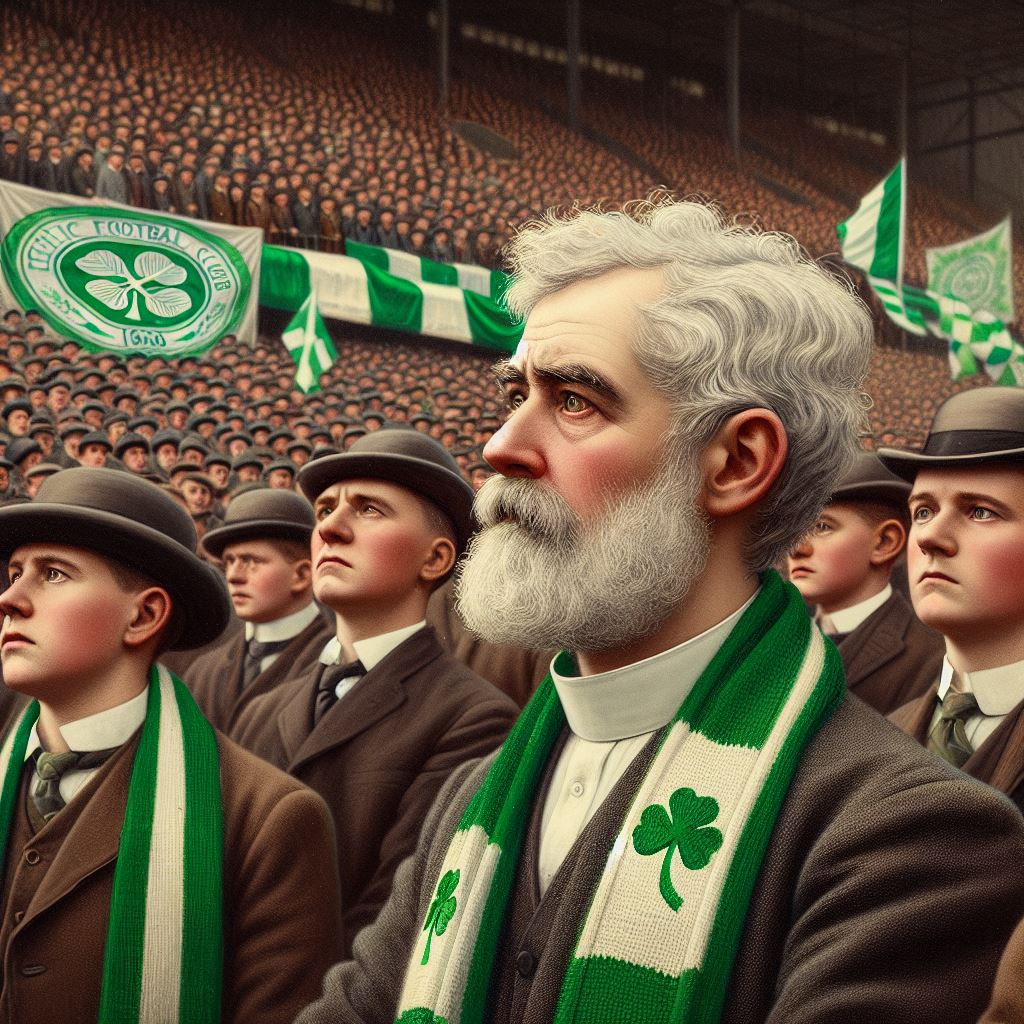Celtic Football Club, one of Scotland’s most storied football institutions, traces its roots back to the benevolent vision of Marist Brother Walfrid, a Catholic clergyman from Sligo, Ireland. In the late 19th century, Brother Walfrid, deeply moved by the poverty and deprivation faced by Irish immigrants in the East End of Glasgow, sought to establish a means of support and community cohesion. Drawing inspiration from his Irish heritage and the values of solidarity and inclusivity, he founded Celtic Football Club on November 6, 1887. Initially established to raise funds for the charitable works of St. Mary’s Parish, the club quickly became a symbol of Irish identity and resilience within the Scottish landscape.
The strong connection between Celtic FC and Ireland is deeply embedded in the club’s ethos and fan base. From its inception, Celtic became a beacon of pride for the Irish diaspora in Scotland, offering a sense of belonging and cultural representation. The club’s green and white hoops are reminiscent of the Irish tricolour, while the iconic Celtic Cross adorned the club’s first crest, further symbolizing its Irish heritage. Over the years, Celtic has maintained close ties with Ireland, with many players and managers hailing from the country. The club’s supporters, affectionately known as the “Bhoys,” also demonstrate unwavering loyalty and passion, often displaying Irish flags and singing traditional Irish songs during matches. Celtic Supporters Clubs can be found all across Ireland and in every corner of the world where the Irish have gone. Through its rich history and enduring connection to Ireland, Celtic Football Club is a testament to the enduring bond between sport, culture, and community.


